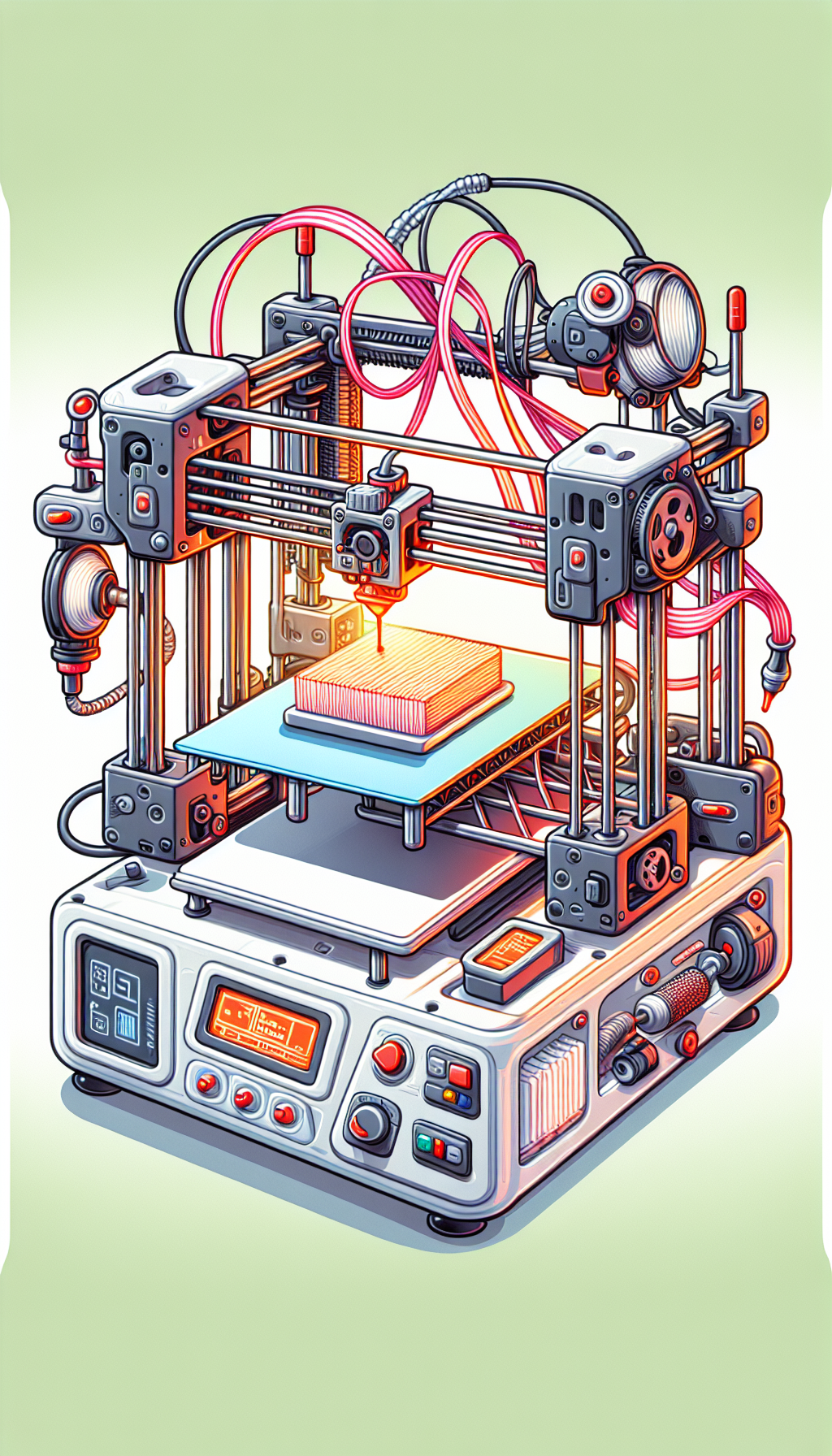From the production of miniature figurines to the construction of entire houses, 3D printing is changing the landscape of manufacturing, design, and engineering.
In its most basic form, 3D printing works by laying down successive layers of material under computer control to create a three-dimensional object. The most commonly used materials include thermoplastics, resin, ceramic, and even metal.
This iterative process of layering allows for intricate designs and structures that are difficult, if not impossible, to achieve through traditional manufacturing methods.
One of the most notable applications of 3D printing is in the medical field. Surgeons are utilizing this technology to create patient-specific models of organs and tissues, enabling them to plan surgical procedures with increased precision and confidence. Furthermore, with the advent of bioprinting, scientists are experimenting with printing human tissues and organs, opening up new possibilities for organ transplants and regenerative medicine.
3D printing is also making waves in the automotive and aerospace industries. Car and airplane manufacturers are turning to this technology to fabricate complex parts that are lighter and stronger, leading to more fuel-efficient vehicles. Moreover, because 3D printers can produce components on demand, companies can reduce their inventory costs and minimize waste.
In the construction sector, 3D printing is providing a sustainable solution for housing.
With the ability to print large-scale structures, contractors are using this technology to build affordable and eco-friendly houses. These printed homes not only have a smaller carbon footprint but can also be constructed much faster than traditional homes, addressing housing shortages in many parts of the world.
Despite its numerous benefits, 3D printing does come with challenges. Issues such as the high cost of equipment, lack of standardized regulations, and concerns over intellectual property rights are some of the hurdles that need to be overcome. However, with ongoing research and development, these challenges are being addressed, paving the way for broader adoption of 3D printing.
Moreover, as the technology continues to evolve, new materials and techniques are being introduced. For example, 4D printing, which incorporates time as the fourth dimension, is the next frontier. These “smart” materials are designed to change their shape or properties over time in response to external stimuli such as temperature or light.

To sum up, the world of 3D printing is ripe with innovation and opportunities. Its transformative power is evident in various industries, from healthcare to construction. By allowing us to create complex structures with precision and efficiency, 3D printing is truly shaping the world one layer at a time. As the technology becomes more accessible and affordable, it is set to play an even more significant role in shaping our future, fostering creativity, and driving sustainable development.